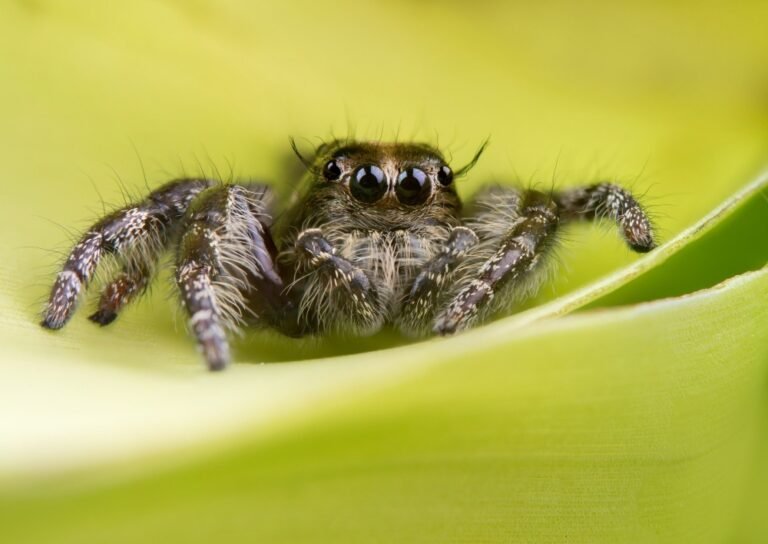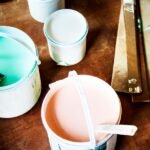Why Salt Kills Slugs: The Science, Ethics, and Better Alternatives for Gardeners
When gardeners discover salt dissolving a slug before their eyes, it feels shockingly brutal, but what’s actually happening is a well‑known biological phenomenon called osmosis. Slugs are made primarily of water and have very thin, permeable skin. When granules of salt touch their moist exterior, they draw in water from that slime layer to form a saline solution. This creates a hypertonic environment around the slug: the concentration of salt outside its body is far higher than inside. Water rushes out of the slug’s cells through its semipermeable membrane in an attempt to equalise the concentration. As a result, the slug quickly dehydrates, its cells collapse, and it dies within minutes.
The BBC Science Focus quotes Dr Gordon Port explaining that “salt essentially draws the water out of their skin … by an osmosis effect – and they die within minutes of dehydration.” Further sources, such as ScienceABC and Green Matters, reiterate this mechanism: a hypertonic salt solution pulls fluid from slug tissues until vital function ceases.
Originally, I was sceptical, but one summer evening I witnessed this in my own backyard. A slug crept over the edge of a flower pot; I sprinkled a pinch of table salt and watched as it recoiled, exuded mucus, then shrank rapidly. The charred, vaguely foam‑like residue remained in seconds. That personal experience matched descriptions: slugs bubble as slime and air escapes during desiccation, as described by UCSB Science Line.
This cruelly efficient natural process is a textbook case in osmotic pressure. Osmosis is the passive movement of water across a semipermeable membrane, always migrating toward a higher solute concentration. In this instance, the slug’s body is hypotonic relative to the salty moisture around it, so the water moves outward until equilibrium, or until the slug succumbs.

Observations and Ethical Concerns
Though gardeners often report success using salt as a kill method, there are real‑world issues and ethical questions. For example, slugs produce mucus rapidly when exposed to salt, presumably as a defensive attempt to flush it away. That reaction can create foaming bubbles, which many observers note as ‘horrific’ and distressing.
A gardener in Bristol recounted an experience: one morning, they discovered dozens of dead slugs at the edge of a greenhouse. They assumed a child had scattered salt overnight. The slugs were still slimy but shrivelled, and the soil around them had become visibly crusted – the salt had leached into the earth. The gardener reported that many plants nearby began to suffer discolouration within days. Soil salinisation from repeated salt use led to nutrient imbalance, stunted growth, and even plant death. This reflects the warning from A‑Z Animals that salting slugs in the garden can alter pH levels and harm plants.
From an ethical standpoint, experts question whether killing via osmosis causes undue suffering. Slugs and snails have simple nervous systems, but they do have nociceptive receptors and respond with distress behaviour—the slime flaring, frantic wriggling, and attempts to escape. Green Matters notes that although they don’t scream, they experience what could plausibly be described as pain when dehydrating so rapidly. Reddit conversations confirm that this reaction appears highly unpleasant to watchers: “Skin is leaky for water… salt sets up a strong osmotic gradient which causes the slug to dehydrate rapidly.”
Scientifically, slugs lack many protective features found in other animals. They don’t have thick skin or shells (slugs especially), so they suffer rapid water loss. In contrast, sea slugs and aquatic gastropods do not die from salt because their internal fluid concentration matches seawater. They are isotonic with their environment, so no net osmotic flow occurs.
Research Evidence and Expert Opinions
While most literature focuses on explaining osmosis, there are a few studies that mention sodium chloride explicitly in mollusc control. A review on safe pesticide use cited sodium chloride as a proven dehydrating agent effective against slugs, though it noted that enormous amounts are needed when applied over large areas or for field use.
From a conservation biology perspective, slug mucus studies show that mucus is composed of water and various ions; salinity changes affect its consistency and protective function. One study used a 0.9 % sodium chloride solution to collect mucus non‑invasively and noted that higher salinity levels disrupt mucus viscosity and slug mobility.
Although studies discuss copper fungicides and other molluscicides affecting slug behaviour, they don’t focus on salt as the lethal agent; instead, salt is referenced primarily in general safety overviews rather than rigorous trials. But the underlying physiology remains well understood through cellular biology textbooks: animal cells lose volume and turgor in hypertonic surroundings, and slugs lack compensatory physiology.
While detailed experimental research focused exclusively on table salt is limited, textbooks and ecological overviews consistently describe the mechanism and fatal outcome: dehydration via osmosis, with observable distress and rapid mortality.
Actionable Advice for Gardeners: Humane and Effective Alternatives
If your goal is effective slug control while respecting ethics and soil health, consider these evidence‑based alternatives:
- Use iron phosphate or ferric sodium EDTA baits, which kill slugs more humanely and avoid salinisation. These are approved for organic gardening and widely recommended.
- Encourage natural predators and ecological controls. A study cited by Smithsonian notes that earthworms in soil can reduce slug damage by up to 60% through competitive and predatory relationships.
- Install physical barriers—copper tape, crushed egg shells, or diatomaceous earth create irritant borders that slugs avoid without harm to soil or plants. These methods are widely used and documented in pest‑management guidelines.
- Manual removal remains effective: at dusk or dawn, search and relocate slugs away from sensitive plants. Many species decompose naturally or feed on compost piles.
- Maintain garden hygiene—remove debris, keep mulch manageable, and plant resistant varieties.
In many gardening workshops, horticultural experts emphasise that iron phosphate bait provides reliable control without harming beneficial fauna or altering soil chemistry. Salt might kill slugs quickly, but it also harms earthworms and disrupts nutrient cycles.
Conclusion: Salt’s Mechanism and Better Choices for Slug Control
Salt works by creating a hypertonic environment that draws water out from a slug’s body via osmosis. The dehydration is rapid, lethal and distressing. While the process is scientifically straightforward, it raises real ethical and horticultural concerns: plants suffer from soil salinity, soil dwellers like earthworms are harmed, and the slug’s death is unpleasant.
Rather than sprinkling salt, gardeners should favour humane, sustainable strategies: iron‑phosphate baits, encouraging ecological balances, physical barriers, and regular monitoring. These approaches align with the principles of integrated pest management, preserving soil health and biodiversity.
If you’ve struggled with slug infestations, consider this advice: start by enhancing soil biodiversity and using barrier methods. Reserve slug baits as a last resort—and when needed, opt for organic‑approved molluscicides that avoid collateral damage. With this approach, you can keep your garden thriving, your plants healthy, and pest control both effective and conscientious.







